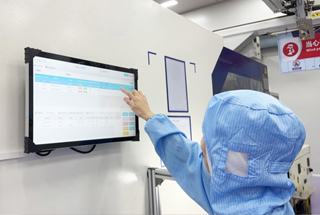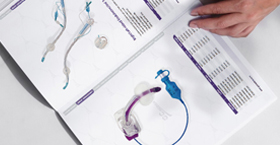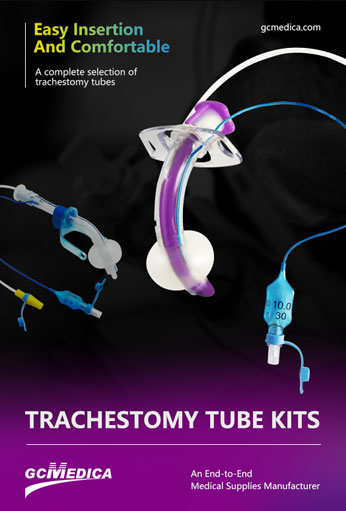Selecting the correct tracheostomy tube size in pediatric patients is critical for maintaining airway patency, ensuring adequate ventilation, and minimizing complications. Unlike adults, children’s airways are smaller and change rapidly with age and growth. An undersized tube can lead to air leaks, inadequate ventilation, and increased work of breathing, while an oversized tube may cause mucosal injury, granulation, or even tracheal stenosis. Clinicians must balance inner diameter (ID), outer diameter (OD), and tube length against the child’s anatomical dimensions, respiratory demands, and any unique airway considerations (e.g., subglottic stenosis, tracheomalacia).
Below is a general guideline chart for pediatric tracheostomy tube sizes, organized by patient age. Note that these are typical recommendations; always confirm fit with direct measurement (e.g., bronchoscopy) or manufacturer guidance, and adjust for specific clinical scenarios.
| Patient Age | Internal Diameter (ID, mm) | Outer Diameter (OD, mm) | Recommended Tube Length (cm) | Notes |
|---|---|---|---|---|
| Neonate (0–2 months) | 3.0 | 4.2 | 4.5–5.5 | Cuffed tubes generally avoided; use uncuffed to minimize subglottic pressure. |
| Infant (2–6 months) | 3.5 | 4.8 | 5.0–6.0 | Monitor leaks; consider cuffed only if high ventilatory pressures are needed. |
| Infant (6–12 months) | 3.5–4.0 | 4.8–5.5 | 5.5–6.5 | Choose larger ID if prolonged ventilation anticipated. |
| Toddler (1–2 years) | 4.0–4.5 | 5.5–6.2 | 6.0–7.0 | Cuffed tubes acceptable; ensure cuff pressure <20 cm H₂O. |
| Preschool (2–4 years) | 4.5–5.0 | 6.2–6.9 | 6.5–7.5 | Adjust length based on neck anatomy; secure to avoid migration. |
| School‑age (4–8 years) | 5.0–5.5 | 6.9–7.6 | 7.0–8.0 | Larger ODs improve ventilation but increase resistance to suctioning. |
| Older child (8–12 yrs) | 5.5–6.0 | 7.6–8.2 | 7.5–8.5 | Consider preoperative airway imaging if anomalies suspected. |
| Adolescent (12+ yrs) | 6.0–7.0 | 8.2–9.0 | 8.0–9.0 | Sizes approach adult standards; cuffed tubes usually appropriate. |
Key Considerations
Cuffed vs. Uncuffed: In neonates and young infants, uncuffed tubes reduce the risk of subglottic injury. Cuffed tubes may be used in older infants and children requiring prolonged or high-pressure ventilation but require vigilant cuff pressure monitoring (<20 cm H₂O) to avoid mucosal ischemia.
Length and Positioning: Tube length should position the tip 2–3 cm above the carina. Excess length can risk endobronchial intubation; too short may lead to accidental decannulation. Confirm placement radiographically or via endoscopy after insertion.
Material and Design: Many pediatric tubes are made of soft PVC or silicone to conform to tracheal anatomy and reduce pressure points. Some have extended flanges or safety collars to prevent inward migration.
Sizing Verification: Always verify fit by assessing cuff leak (if cuffed), observing chest rise, and checking peak airway pressures. A gentle air leak around the tube at 20–25 cm H₂O indicates an appropriate seal without excessive pressure.
Growth and Changes: Regular reassessment is essential, especially in rapidly growing infants and toddlers. Scheduled tube changes every 6–8 weeks allow evaluation of the stoma, tube fit, and cuff integrity.
Appropriate sizing of pediatric tracheostomy tubes requires careful consideration of age-based diameter and length recommendations, balanced by clinical needs such as ventilatory requirements and airway anatomy. Adhering to a standardized chart helps guide initial selection, but tube choice must be confirmed at the bedside and adjusted over time as the child grows. Vigilant monitoring of placement, leak pressures, and cuff pressures minimizes complications and ensures safe, effective airway management in this vulnerable population.
| Tracheostomy Tubes > |


 Français
Français Español
Español Products
Products

 About Us
About Us












